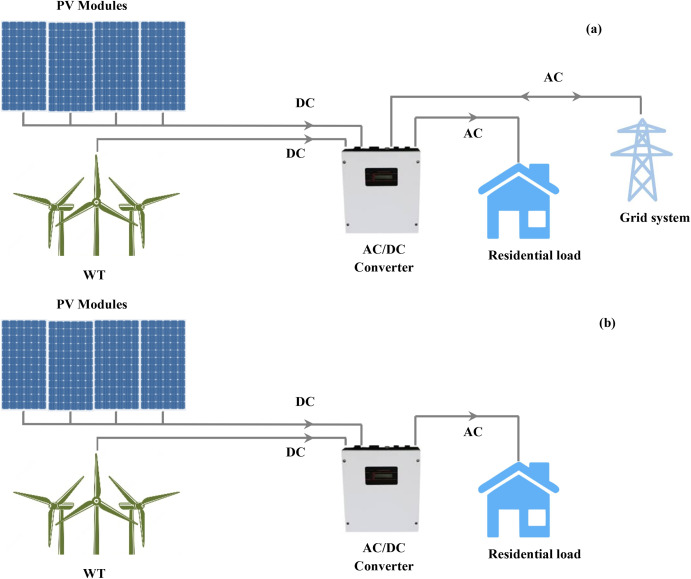In the ever-evolving landscape of materials science, a groundbreaking study has emerged that could revolutionize how we understand and utilize perovskite oxides, a class of materials with immense potential in the energy sector. Led by Alex Kutana from Nagoya University, this research leverages the power of machine learning (ML) and artificial intelligence (AI) to simulate the properties of these materials at finite temperatures, paving the way for more efficient and accurate models.
Perovskite oxides are renowned for their unique properties, including their dielectric characteristics, which make them ideal for applications in solar cells, sensors, and energy storage devices. However, simulating these materials at finite temperatures has been a daunting task due to the computational demands involved. Traditional ab initio methods, while accurate, are often too slow and resource-intensive for practical use.
Enter the world of equivariant graph neural networks. These advanced ML models have shown remarkable promise in capturing the intricate details of material properties with near-ab initio accuracy. In their study, Kutana and his team demonstrated the utility of these models by performing molecular dynamics simulations of perovskite oxides. The results were nothing short of impressive.
“We were able to qualitatively capture the temperature dependence of the dielectric tensor and structural phase transitions in calcium titanate,” Kutana explained. This achievement is significant because it shows that ML models can efficiently learn from a small training dataset, making them a viable alternative to traditional methods.
The implications of this research are far-reaching. For the energy sector, the ability to accurately simulate the properties of perovskite oxides at finite temperatures could lead to the development of more efficient solar cells, better energy storage solutions, and advanced sensors. This could, in turn, drive down costs and improve the overall performance of renewable energy technologies.
But the impact doesn’t stop at energy. The methods developed by Kutana and his team could be applied to a wide range of materials, opening up new avenues for research and development. “This is just the beginning,” Kutana said. “We believe that these models have the potential to transform the way we approach materials science.”
The study, published in the journal ‘Science and Technology of Advanced Materials: Methods’ (translated from Japanese), represents a significant step forward in the field of materials science. As we continue to push the boundaries of what is possible, research like this will be crucial in shaping the future of technology and innovation.
The work by Kutana and his colleagues at Nagoya University is a testament to the power of interdisciplinary research. By combining the strengths of ML, AI, and materials science, they have opened up new possibilities for understanding and utilizing perovskite oxides. As we look to the future, it is clear that these advanced models will play a pivotal role in driving progress and innovation in the energy sector and beyond.




